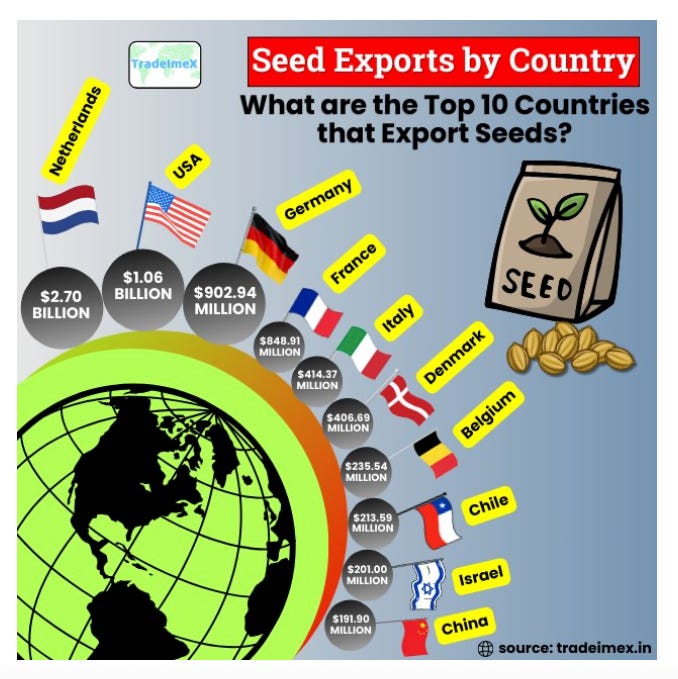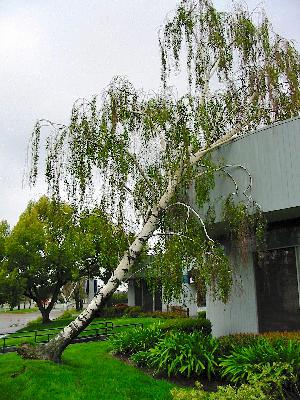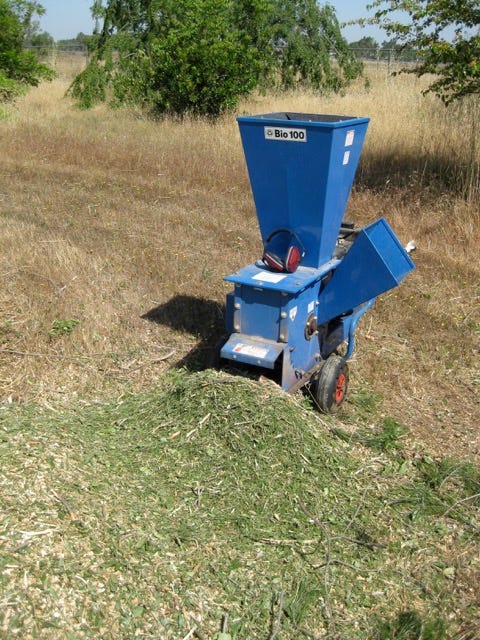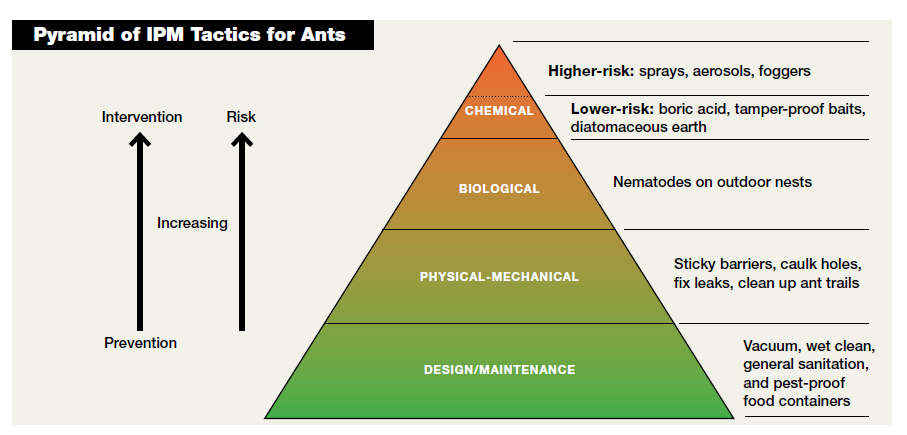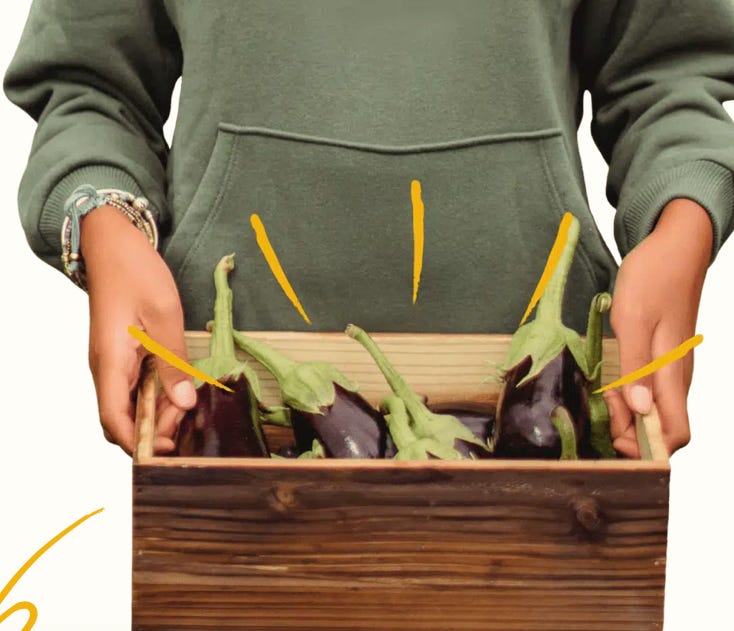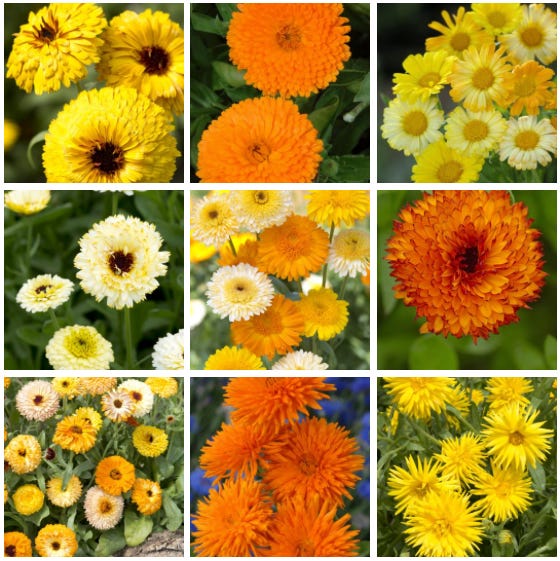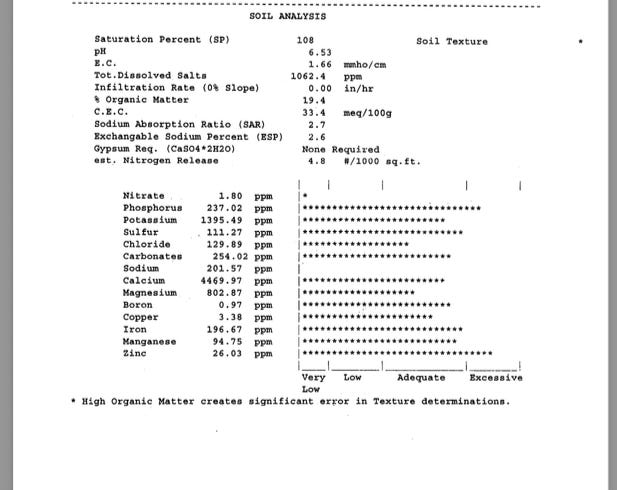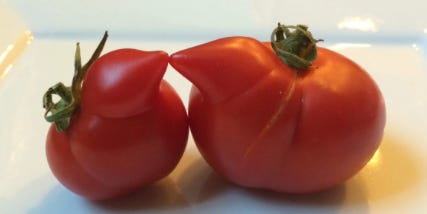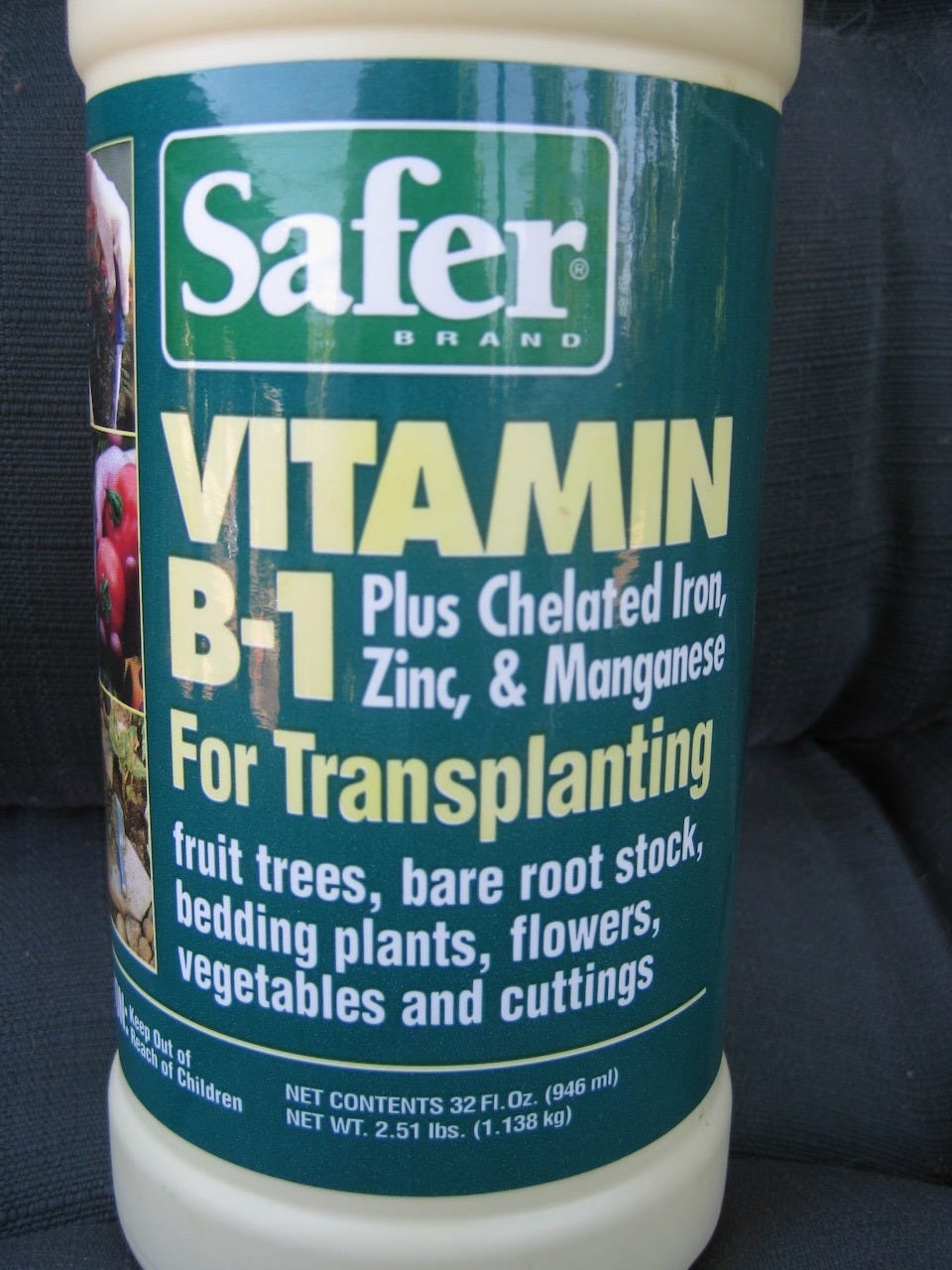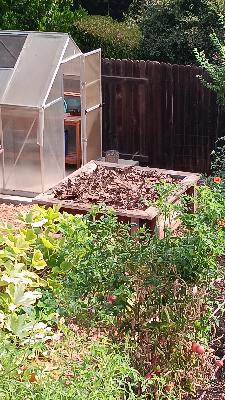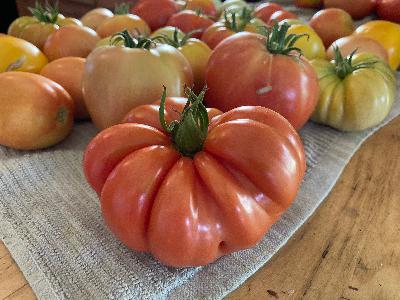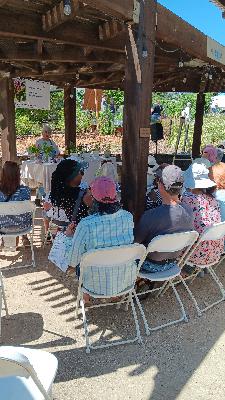2026 Garden Seed Price Sticker Shock Is Arriving
Description
In today’s newsletter podcast, we chat with Renee Shepherd of Renee’s Garden seed company about the worldwide journey of garden seeds, rising seed prices, and seed availability for 2026. We explore factors influencing market changes, including tariffs and supply chain issues.
The discussion highlights the logistics of seed packaging and the importance of quality standards. She also differentiate between hybrids, heirlooms, and open-pollinated varieties, along with the complexities of seed saving. As we wrap up, Renee ends on an uplifting note, celebrating the joy of gardening and encouraging listeners to explore the diverse seeds available while enjoying their growing experiences.
2026 Seed Prices Go Up
The good news: the 2026 seed catalogs are beginning to arrive! The bad news: you’ll be paying more for garden seeds.
Just as the Halloween decorations are packed away at stores on the morning of November 1, the Christmas lights, trees, and wreaths start jamming the aisles. Don’t fret about Thanksgiving, though: there are usually a few shelves dedicated to inflatable front yard turkeys, and an end cap with flour, sugar, pumpkin pie filling, and canned cranberries to honor the Thanksgiving cook.
And it seems that garden seed catalogs are arriving sooner than ever, with the first one hitting our mailbox this year in the second week of November.
As you’re ogling the colorful, new hybrid seed and plant introductions for 2026 in those catalogs, your hair might turn a bit gray(er) when you glance at the prices for mail order seed packets (plus shipping). Yep, they’re up. So are the prices of the 2026 seed packets on racks at your local nursery and home centers. The discerning gardener will also note that those 2026 packets, although physically the same size as in years past, may contain fewer seeds.
That discerning gardener may also need to brush up on their eighth grade math. Those seed packets can be measured in a number of ways, including ounces (rare these days), grams (getting fewer), milligrams (more common), and the most mind-bending of all, fractions of an ounce (1/64th of ounce! really?). Unfortunately, fewer seed varieties are sold by the actual number of seeds in the packet. And, for a good reason: not all seeds of one variety are necessarily the same size or weight. Still, for the backyard gardener, knowing the number of seeds you’re working with seems like a more common sense approach.
So, let’s update our garden math book for when you’re comparison shopping:
1 ounce = 28 grams
1 gram = 1000 milligrams (mg)
1/64th of an ounce = 443 mg
1/16th of an ounce = 1.7 grams
How much are prices going up? In the 2024 edition of one garden catalog company, the price for 1/64th of an ounce of Shishito pepper seeds sold for $5.55. In the 2026 catalog, that price - for the same weight - jumped to $6.55, an 18% jump.
A flower example: “Golden Yellow” zinnia, in 2024, was $3.75 for 1/32nd of an ounce (that’s 886 mg, for those of you at home keeping score). In 2026, that same zinnia variety is selling for $4.15 for 1/32 of an ounce, about a 10% increase in price.
Why, you ask? The cost of everything is up. Add to that, tariffs. Add to that, shipping charges. Who among us have purchased a seed packet of a coveted vegetable or flower variety, and ended up paying more than the packet price in shipping and handling charges? ✋✋✋
An understanding of the seed market is necessary, and after you read what’s below, you will quickly come to the conclusion: those seeds you’re taking out of the packet could have originated from any number of countries.
One seed company executive, Andrea Tursini, the CEO of High Mowing Organic Seeds, explained the price jump in the 2026 edition of their catalog:
“Last spring, when new tariffs were announced by the Trump administration, we shared the confusion and frustration of many consumers and small businesses. We also promised you transparency as we figured out what this meant for our independent seed company. This past summer, we began seeing the first of those tariff charges rolling in, and as a result, you’ll notice some price increases in our 2026 catalog.
First, an important note about the global nature of the organic seed industry. At High Mowing, we’ve scoured the world in search of partners who share our values and commitment to organics. These relationships - and the seeds that come from them - allow us to continuously update our collection, offering improved varieties that meet the needs of our growers. These global relationships and not easily replaced.
A reminder that tariffs are fees that American companies pay when importing goods; they are not paid by the exporting company. For example, when we buy tomato seeds from the Netherlands, we pay a 15% tariff. When we import broccoli seeds from Switzerland, we pay a 39% tariffs.
Tariffs can be hard to track, showing up on carrier bills long after receiving the seed. This has required additional time and attention for us as a company. Which brings up back to our pricing. We did our best to minimize the increases, and in most cases passed on only a percentage of the increased costs to you.”
Coming up after the paywall break:
• The Top 10 countries that export seeds.
• A deeper dive on how seeds get from a farmer - anywhere in the world - to you.
• A chart that approximates the number of seeds of various vegetables per gram in a seed packet.
• A library with an ongoing seed swap program.
• A transcript of our podcast chat with Renee Shepherd, including which seed companies to avoid online; the decrease in diversity of varieties of flowers and vegetables; two ways to preserve your own seeds, for the short term and the long term; and, three mistakes that beginning gardeners make that can be avoided.

